Roman Coins.jpg Wikipedia, the free encyclopedia
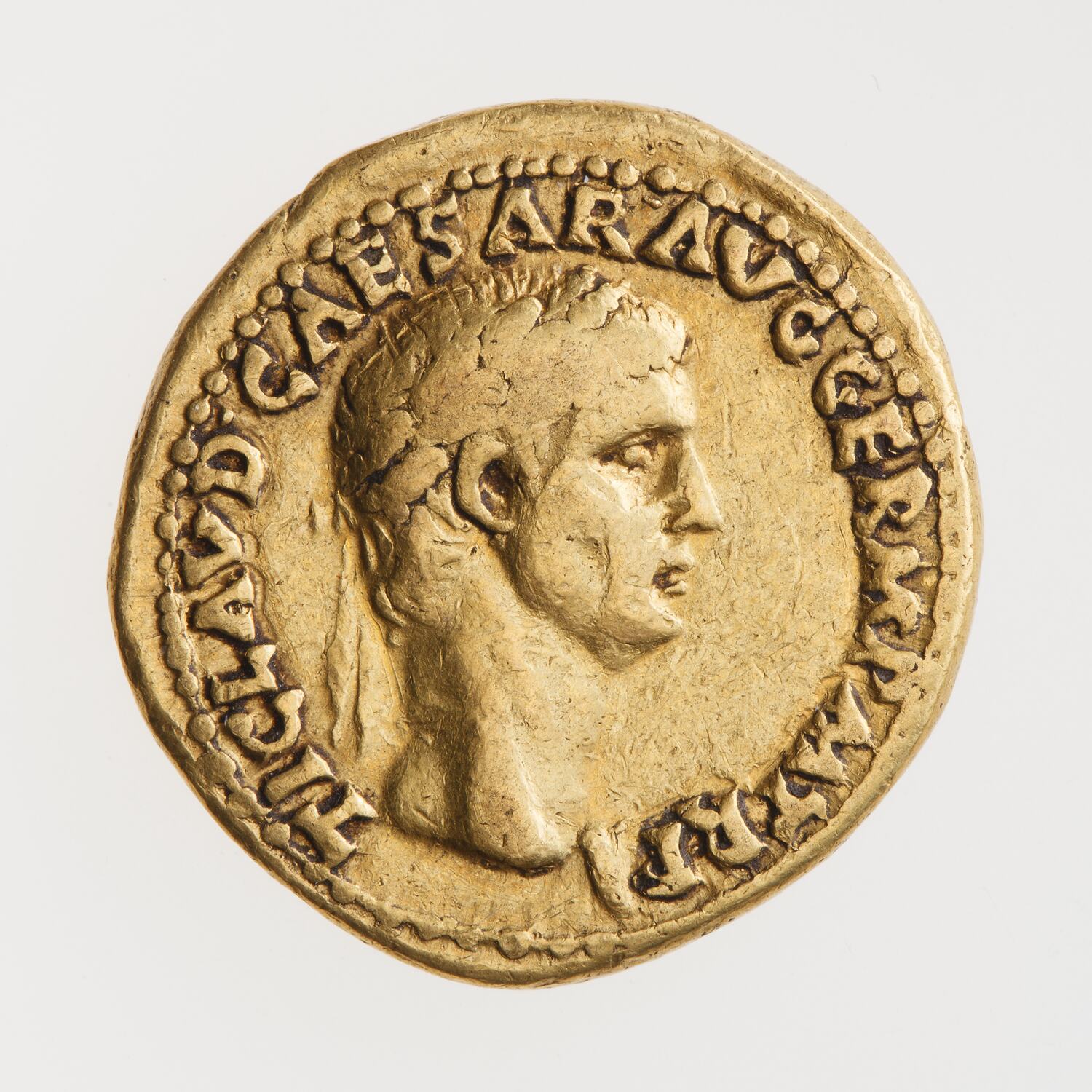
Coin Aureus, Emperor Claudius, Ancient Roman Empire, 4142 AD
One characteristic of the Roman Imperial coinage is easily seen when viewed this way; the relentless debasement of the silver denarius, the workhorse currency of the Empire, a coin about the size of an American dime. Roman Imperial Coinage Daniela Castanotto (CC BY-NC-SA)

Roman Coins.jpg Wikipedia, the free encyclopedia
In 269 true coinage appeared. It consisted of aes grave, large circular cast coins of bronze all bearing marks of value, from the as (weighing one pound) down to its 12th, the uncia; the obverses showed the head of a deity, the reverses a ship's prow.
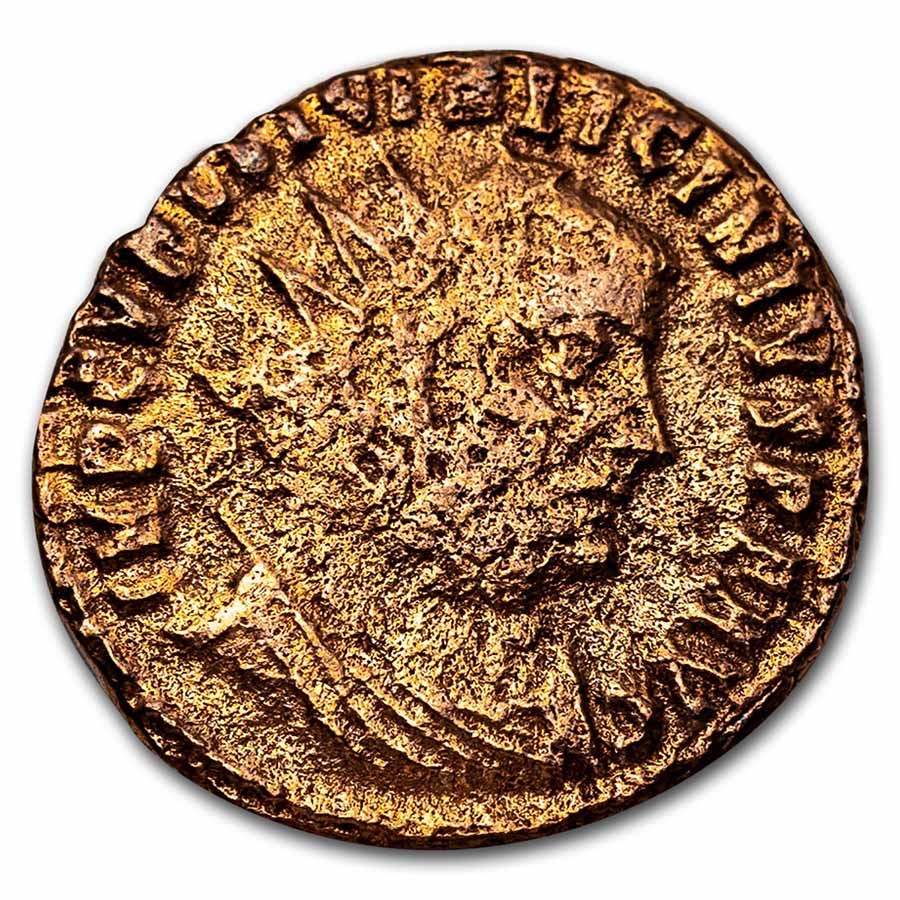
Buy Eastern Roman Empire Bronze Coins (286396 AD) (Culls) APMEX
Early Roman coins (from the 200s BCE) were made in bronze, but they later evolved to include silver, gold and copper in the coin-making process. The most popular and prevalent coin of the Roman Empire was the denarius, made from pressed silver; it remained in circulation for an astonishing five centuries. When making their coins, Romans used.

ROMAN EMPIRE Nero, 5468 AD, AV aureus (7.17g). NGC F Stephen Album Rare Coins
This month we'll survey coin denominations used in the Roman Empire from the accession of Augustus in 27 B.C. to the loss of Roman territories in Europe in A.D. 476. Only the main denominations will be discussed, though there were various fractions and multiples.
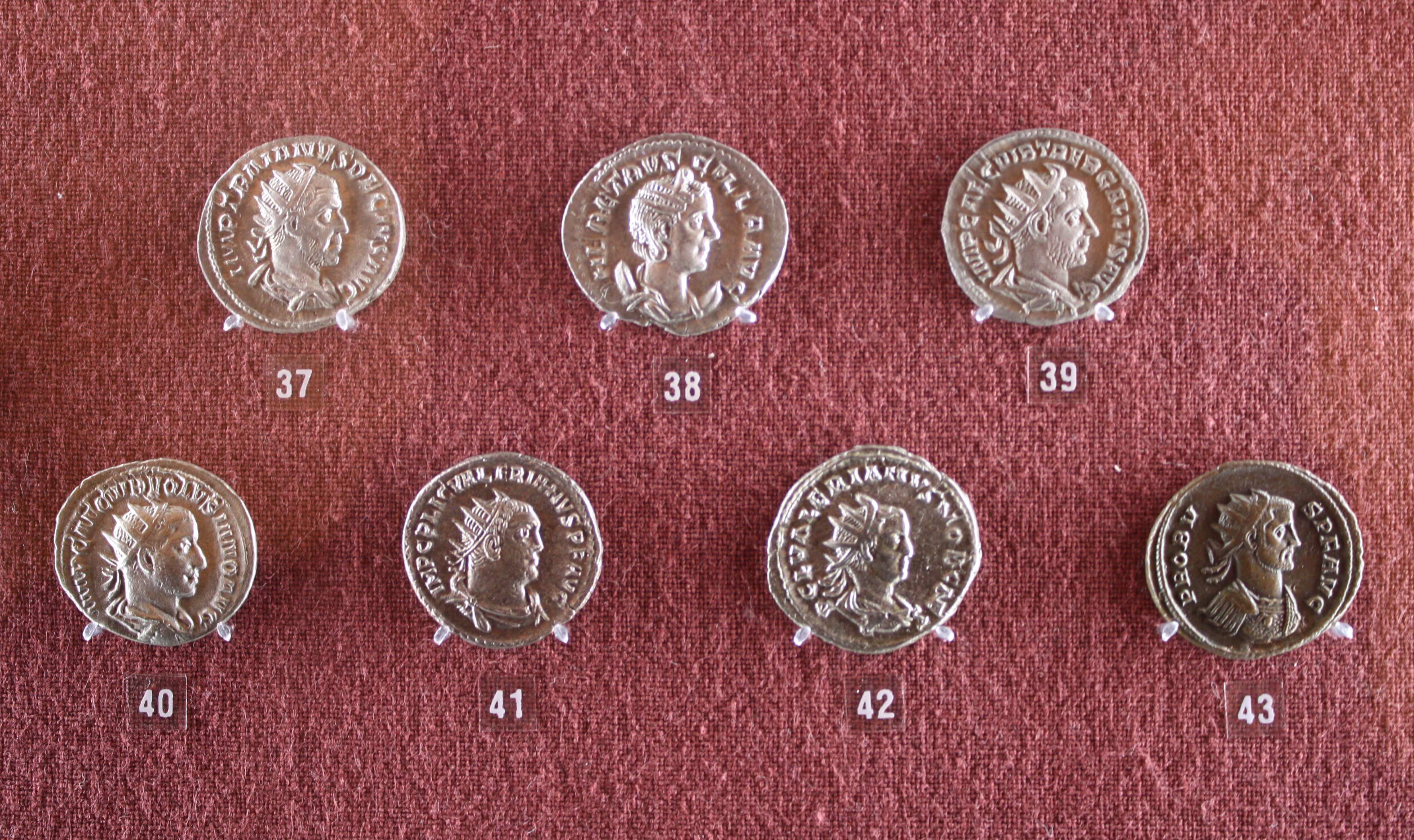
Roman Empire Silver Coins (Illustration) World History Encyclopedia
Roman currency evolved over time, from the aes rude to silver denarius and gold coins like the aureus and solidus. Coins featured iconic imagery conveying political power, religious authority, portraits of emperors & families as well as mythological figures & divine associations. The debasement of Roman currency caused economic crisis.

Roman currency Wikipedia
301 CE Diocletian reasseses the values of Roman coins and limits minting rights to between 12 and 15 mints across the empire . Explore the timline of Roman Coinage.
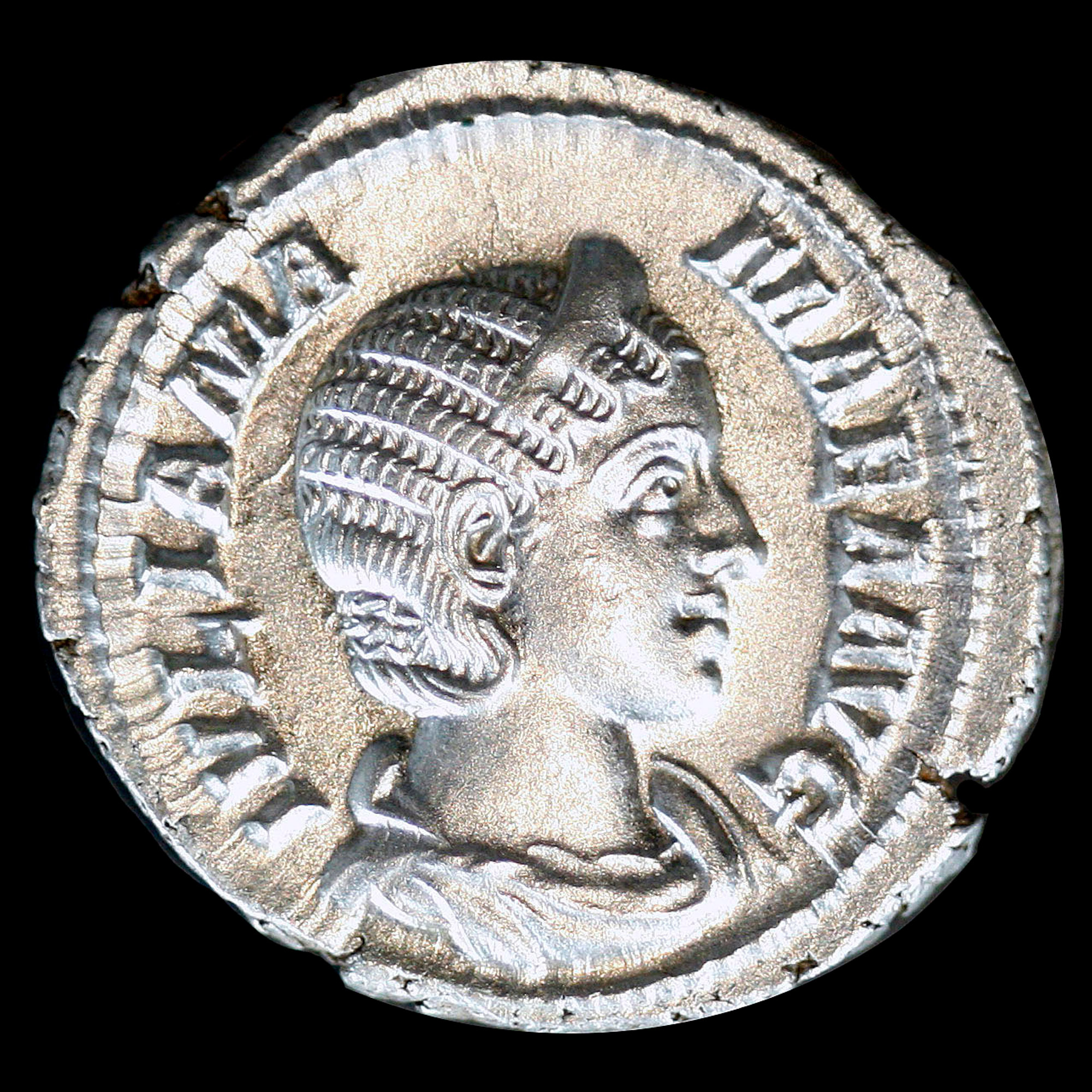
Roman Empire London Coin Galleries
Authority to mint coins The manufacture of coins in the Roman culture, dating from about the 4th century BC, significantly influenced later development of coin minting in Europe. The origin of the word "mint" is ascribed to the manufacture of silver coin at Rome in 269 BC near the temple of Juno Moneta.
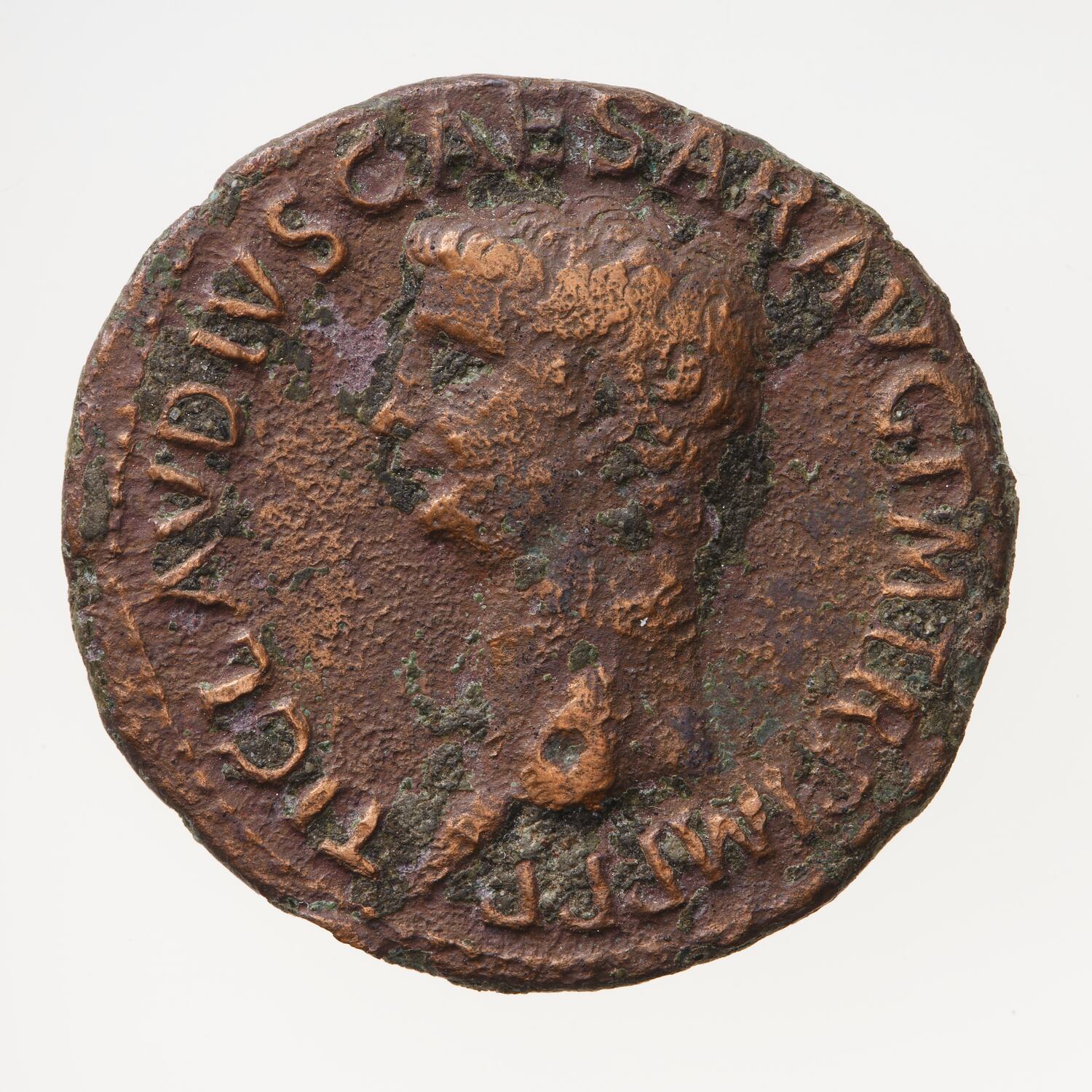
Coin As, Emperor Claudius, Ancient Roman Empire, 5054 AD
Imperial Coins About Us Random coins Identify your roman coins Welcome on Ancient Roman Coin, the most accurate database of Roman coins. You will find every tools you need to easily identify Roman coins by metal, type of coin, emperor.

Roman Empire, 238 AD Coin Details The Ancient World Collection
Coins from the Roman Empire × Roman Empire Display a virtual keyboard + Add filters + Image The Roman Empire was the post-Republican period of ancient Rome. As a polity it included large territorial holdings around the Mediterranean Sea in Europe, Northern Africa, and Western Asia ruled by emperors.

Roman Empire Augustus / Caligula Horse Facts Emperor History His reforms brought about a more
Online Coins of the Roman Empire: Browse Collection All Terms Map Results Displaying records 1 to 20 of 41703 total results. 1 Sort Results RIC I (second edition) Augustus 1A objects: 22; hoard: 1 Date 25 BCE - 23 BCE Denomination Quinarius Mint Emerita Obverse AVGVST: Head of Augustus, bare, left Reverse

78 A.D. Roman Empire Silver Denarius, Emperor Vespasian Original Skin Coins
The Roman Denarius was the standard silver coin of the Roman Empire. It was worth approximately 16 Aes - sometimes less and sometimes more. The Antoninianus was worth two Denarii, or approximately 32 Aes. Finally, the gold coin of the Romans was the Aureus, which was equal to 25 Denarii or 400 Aes.
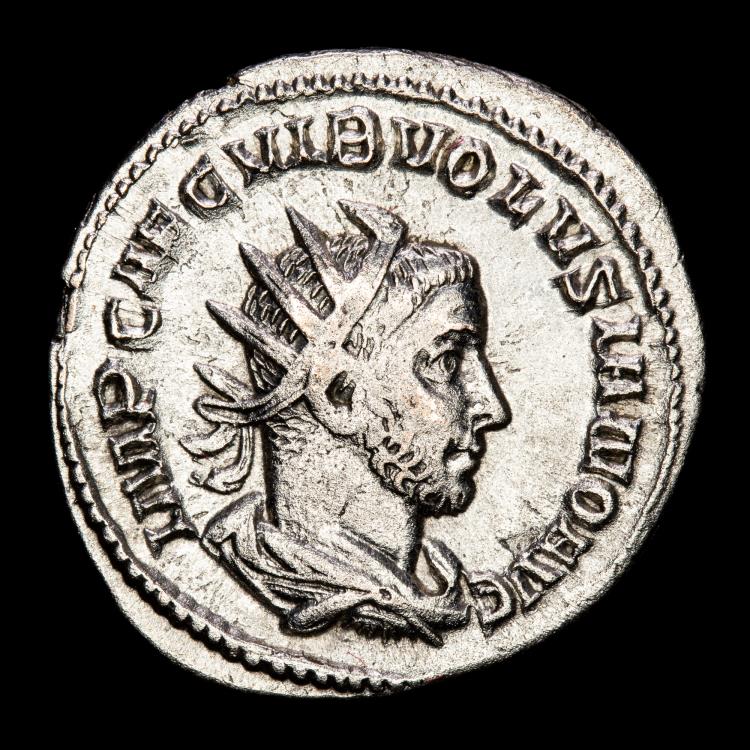
Roman Empire Volusian. Silver antoninianus, AD 251253. Rome. P M TR P III COS II, emperor
Coin - Roman Empire, Currency, Denarius | Britannica Money coin Table of Contents Money History & Theory Rise of Rome Antiochus III Antiochus III, coin, late 3rd-early 2nd century bce; in the British Museum.
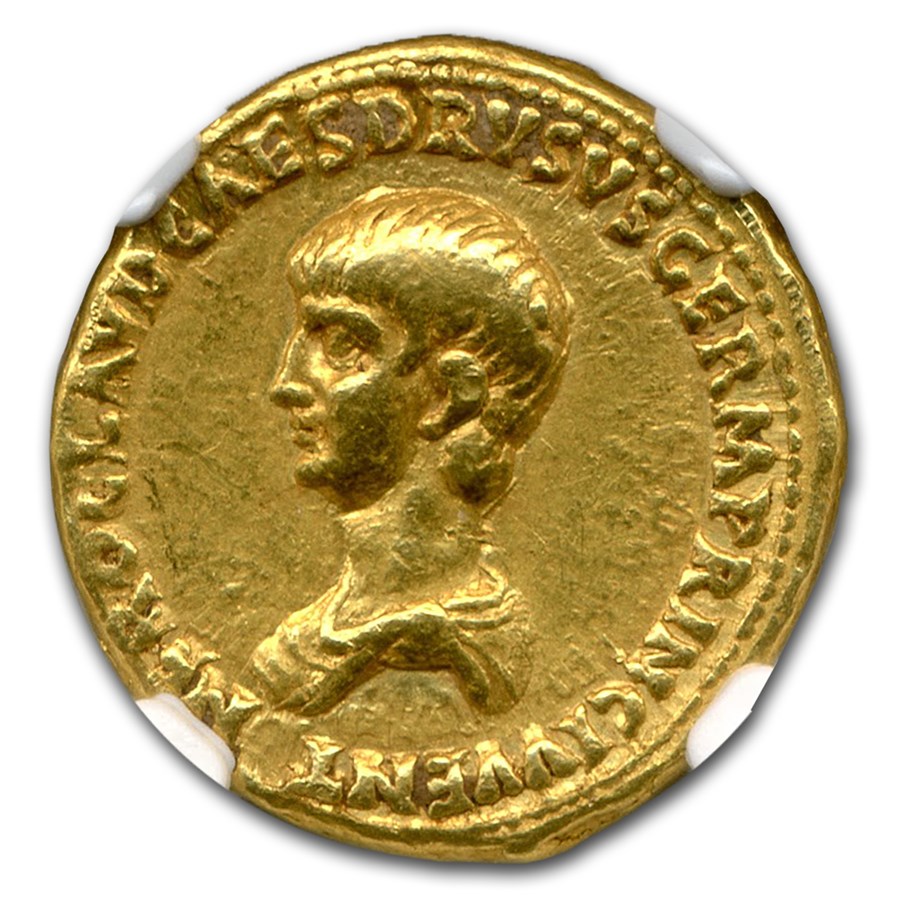
Roman Empire Gold Aureus Emperor Nero (5468 AD) XF NGC Roman Empire Gold Coins APMEX
With the advent of Online Coins of the Roman Empire (OCRE) database, a joint project of the American Numismatic Society and the Institute for the Study of the Ancient World (ISAW) at New York University, identifying Roman imperial coins generally has become even easier without the need to thumb through the pages of RIC and flip back-and-forth to look at plates.
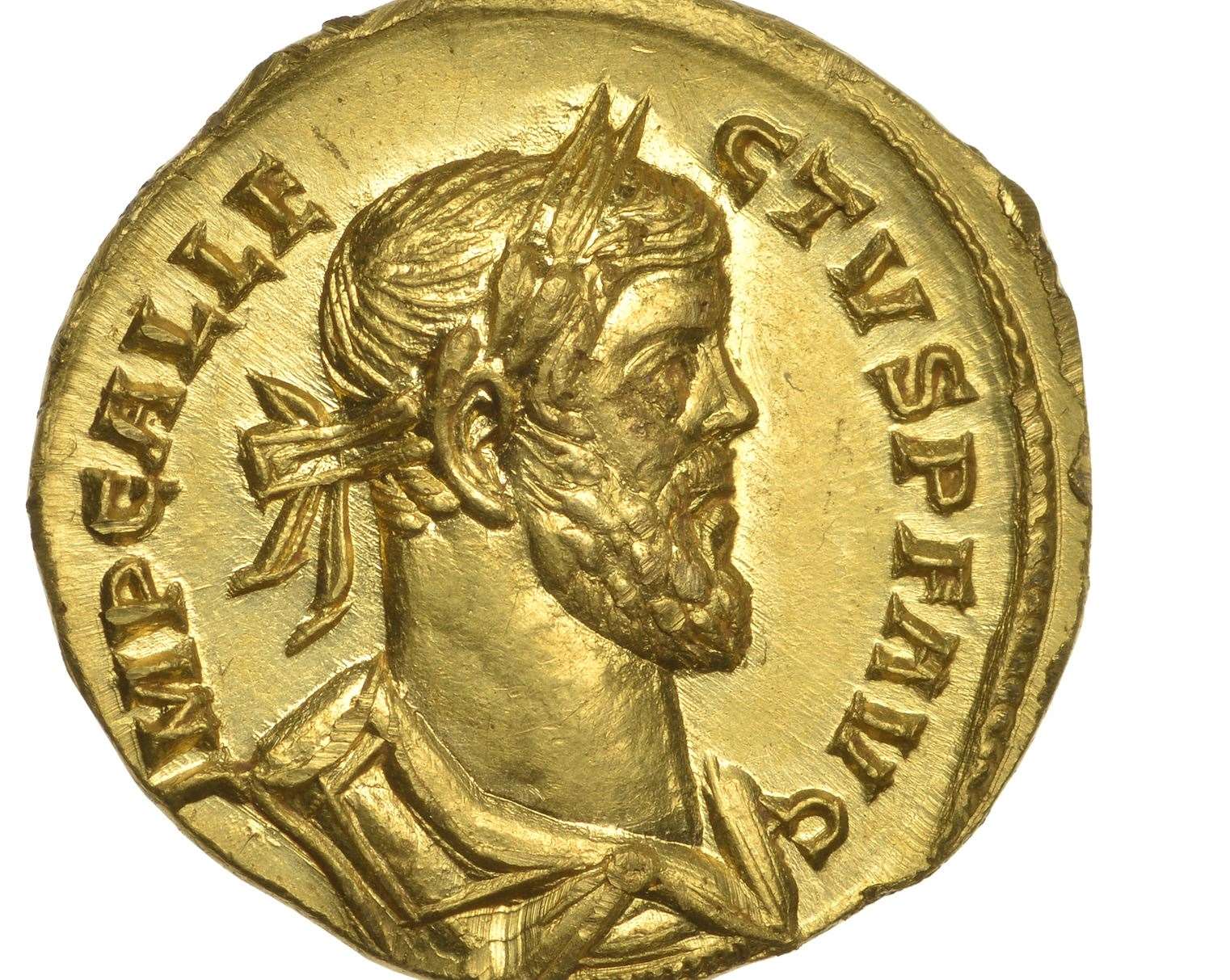
Roman coin showing emperor Allectus found near Dover
Online Coins of the Roman Empire (OCRE), a joint project of the American Numismatic Society and the Institute for the Study of the Ancient World at New York University, is a revolutionary new tool designed to help in the identification, cataloging, and research of the rich and varied coinage of the Roman Empire.

85 A.D. Roman Empire Silver Denarius, Emperor Domitian Original Skin Coins
Roman coins were first produced in the late 4th century BCE in Italy and continued to be minted for another eight centuries across the empire. Denominations and values more or less constantly changed but certain types such as the sestertii and denarii would persist and come to rank amongst the most famous coins in history.
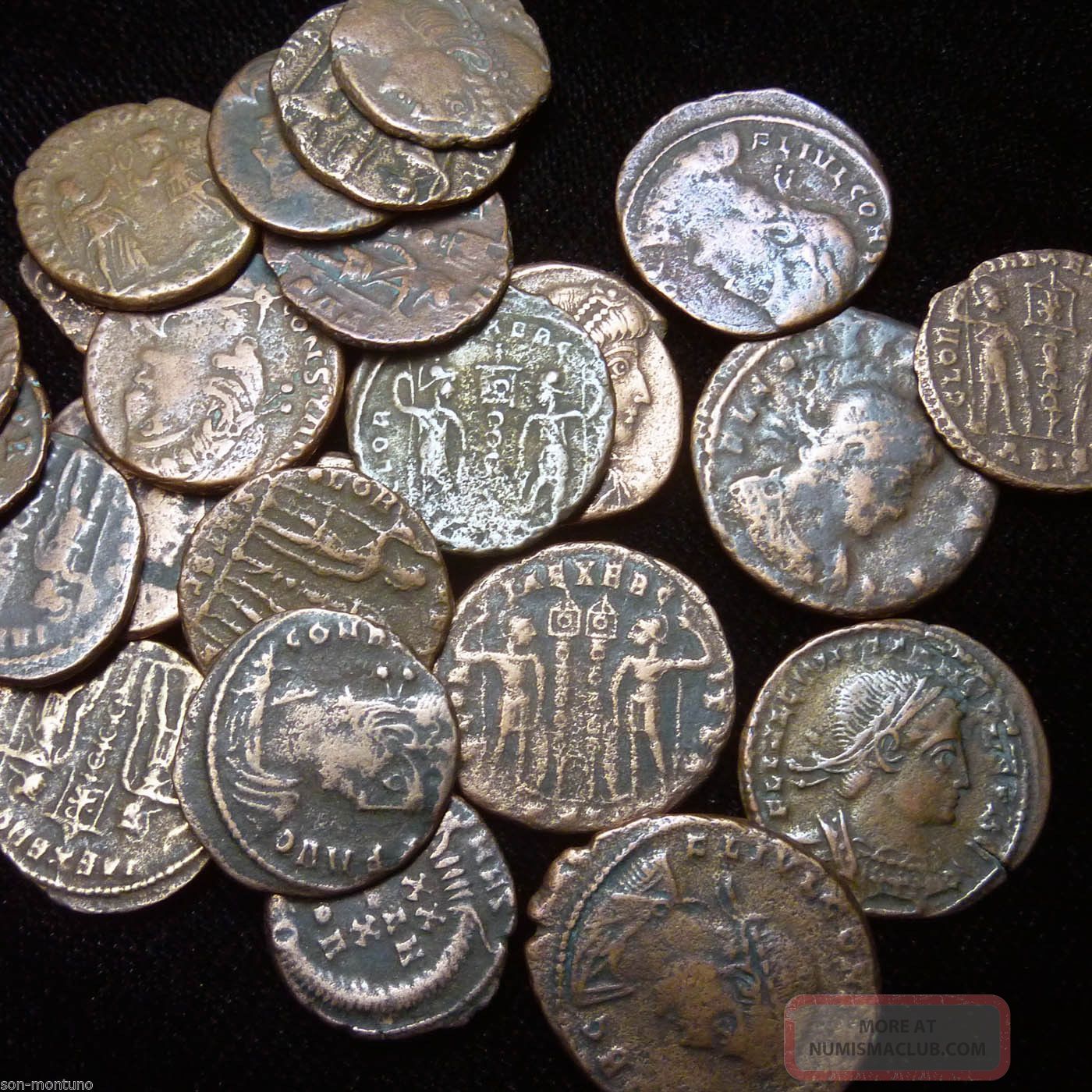
One Authentic Ancient Roman Empire Bronze Coin Antique From 240 410 Ad
Gold Coins. Minting of highly valued gold coinage in the Republic was only done in times of dire need. The aureus was the primary gold coin of the Roman Empire and was introduced in the late Republic period during the time of the Imperators. The aureus carried a fixed value of 25 denarii and its larger value would ease the burden of money.